“`html
Introduction to Sedum Division
Say hello to sedum, the stalwart of the succulent world! This hardy perennial has found its way into the hearts of gardeners everywhere, not just for its fuss-free nature and drought resilience, but for its capacity to rejuvenate and spread joy throughout gardens with a simple, yet magical process called division.
Imagine you’ve got this spirited plant that’s been your green companion for years, thriving with minimal care. But then, you notice it’s starting to slouch, its vibrance waning like a tired dancer. This is where dividing becomes the encore performance, breathing new life into the plant and multiplying your garden’s charm. Eager plant parents know this trick well – by dividing sedum at just the right time, they help maintain its vigor, curb overcrowding, and produce spare plants almost as a delightful bonus!
Now, for the uninitiated or the curious onlookers, a picture is worth a thousand words but a video is priceless. Learn from gardening enthusiasts who’ve mastered this art and will guide you every step of the way!
As with any perennial performer, sedum prefers an interval before its next act. Dividing it at the appropriate time ensures that each cut you make and each section you separate becomes an opportunity for a new spectacle of blooms. If you’re keen on propagating perennials, remember to give them ample time to root and establish themselves before the seasonal curtain call of harsh weather conditions.
“`
Understanding the Sedum Lifecycle
Imagine a world where your favorite sedum plants self-multiply, almost like magic. Well, welcome to reality! Sedums, with their waxy, succulent leaves, are prodigies of the plant division world. To properly divide these hardy perennials, though, one must first dance to the rhythm of their life cycle. Let’s tap into that beat and uncover when and how the division of sedum should be done.
The year of a sedum begins with the end of winter’s chill, as new growth bursts forth from the soil. This is the plant’s vegetative state, where it focuses all its energy on growing those luscious leaves and strong stems. A sedum in this phase is like a teenager—sprouting fast and eager to show off its foliage. As the plant matures and summer wanes, it enters the blooming state, dazzling gardens with clusters of starry flowers.
Transitioning into its rest period, the sedum’s colorful display fades, signalling that dormancy is near. During fall and winter, the sedum’s above-ground presence may go silent, but underground, a different story unfolds. The roots reign supreme, gathering strength for the next cycle of growth. It’s during this rest that division becomes the secret to a thriving, expanded sedum collection.
Dividing sedum plants is ideally timed with the tale of two seasons: late winter when new growth peeks or early spring before the bloom. By doing this, you give these newly independent sections the entire growing season to establish themselves. Imagine splitting a batch of homegrown sedums, each piece with a portion of roots and shoots, akin to treating your friends to pieces of a family heirloom plant.
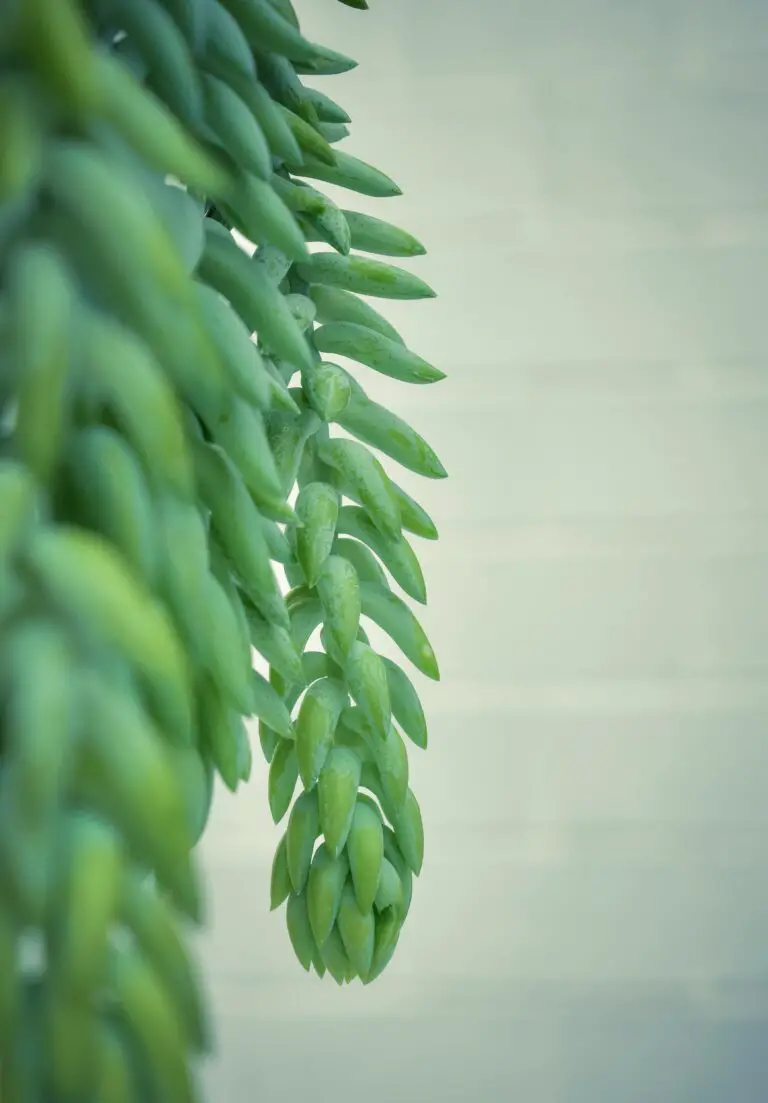
For those keen on mastering the art of division, the Cooperative Extension offers a detailed guide on plant propagation that can turn novices into green-thumbed wizards. And if you’re yearning for even more insights, our comprehensive care guide dives into the nuances of nurturing sedum—perfect for both veteran gardeners and fresh-faced plant parents alike.
So, there you have it—the mysterious lifecycle of sedum unveiled. Understanding this cycle is key to mastering division and ensuring each piece of your prized sedum stands the best chance of developing into a robust, independent plant. Now, get out there and make your sedum garden the wonder of the neighborhood!
The Ideal Timing for Dividing Sedum
So, you’ve fallen for the rugged charm of sedum, and why wouldn’t you? It’s hard not to be captivated by its resilient nature and stunning foliage. But like any great love story, there comes a time to take things to the next level and multiply your green companions. Now, pay attention garden gurus and succulent savants, because we’re diving deep into when to best divide your sedum.
Picture this: it’s springtime, the birds are singing, flowers are flaunting their colors, and your sedum is alive with potential. This is the moment we’ve been waiting for! Spring, dear friends, offers the golden ticket for sedum division. The cool yet forgiving temperatures and occasional rain showers create a nurturing environment welcoming new growth. If you can catch this sweet spot, just as the earth is shrugging off winter’s chill but before summer’s scorch, you’re setting the stage for a botanical encore.
Believe it or not, maturity in sedum is much like a fine wine – it matters. Young sedums are like eager teenagers, not quite ready for the complexities of division. On the flip side, those ancient, woody sedums might give you the cold shoulder. Aim for the sedum that’s been gracing your garden for a solid three to five years. They’ve got the vigor of youth with a dash of worldly experience – perfect for starting anew.
Let’s meet at the intersection of botany and practicality with a real-life example, shall we? Mike and Martha, my neighborhood’s gardening power couple, had this luscious sedum ‘Autumn Joy’ that was the envy of our block. After three years, right as the last frost bid adieu, they decided to divide. Fast forward to late summer, and voila! Twice the joy as bees danced around an abundance of ruddy blooms, a testimony to perfect timing.
However, if you missed the spring symphony, don’t you fret. Early autumn can play a sweet second fiddle. The key here is balance, as you want to beat the curtain call of the first heavy frost. This gives your sedum acts the chance to set their roots and brace for winter’s drama without breaking into a cold sweat.
Dig a little deeper into your sedum care routine with our guide on sedum pruning, which can help bolster your garden’s green scene.
Remember, timing in gardening is not just a suggestion, it’s the pulse of the plant’s life. So toss those calendars aside and keep an eye on the soil and sky. A wise gardener once said, “In nature’s symphony, timing is everything,” and your sedum deserves front-row seats to that show.
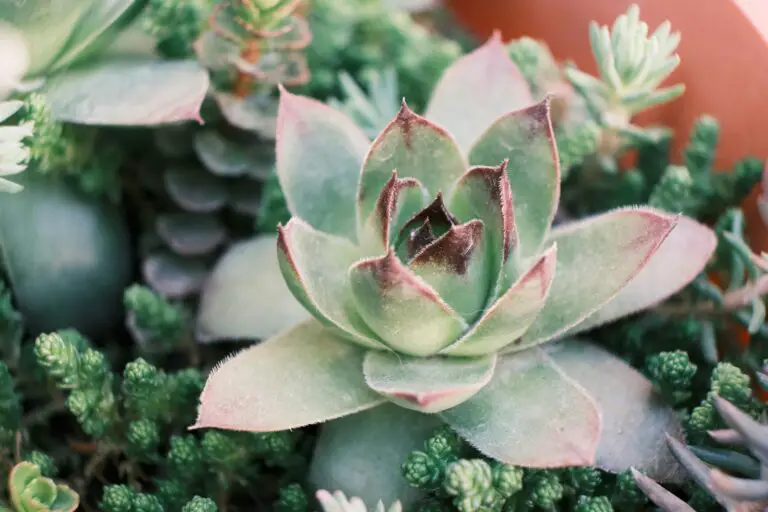
Preparing for Sedum Division
Imagine it’s a crisp, sunny morning, and your sedum plants are basking in the glory of the early light. It’s the perfect day to get your hands dirty and engage in the art of sedum division. “But where to begin?” you wonder. Fear not! Here’s a cheeky little step-by-step guide to ensure your sedums and you are thoroughly prepped for a successful division dance.
First, let’s talk about the sedum itself. Your plant should be healthy and in its prime, showing no signs of distress or disease. It’s like picking a partner for a three-legged race at a picnic; you want the one that looks like it can go the distance. Make sure it has been well-watered the day before so that the soil is moist – this will make it easier to prise apart those roots without causing them too much of a shock.
Next up: tools. Just as a painter wouldn’t use a broom to paint the Mona Lisa, you’ll need the right tools for the task. Arm yourself with a sharp, clean spade or garden knife. Think Excalibur but for plants. Cleanliness is key here, as dirty tools can spread disease, so give them a good wipe down, a scrub, and an air-dry; your sedum will thank you later.
Finally, the division site should be prepared like you’d prepare a five-star hotel room for a VIP guest. Choose a spot with the right light conditions and ensure the soil is rich, well-draining, and fluffy, like a gourmet chocolate mousse. This prime estate will encourage quick rooting and lessen the transplant shock, allowing your sedums to snuggle down and settle into their new homes with ease.
With your sedum standing tall, your tools shining bright, and the soil prepped to perfection, you’re now ready to take on the division process. It’s a bit like prepping for a grand banquet; with all the pieces in place, you’re set for a successful soiree. Let’s get dividing!

How to Properly Divide Sedum Plants
If you’ve ever wondered how to keep your sedum thriving and expansive year after year, let’s dive into the art of division! Picture this: your sedum has grown into a flourishing clump of succulent majesty. But just like guests overstaying their welcome, it’s time to give your plant buddies some much-needed space by dividing them.
The process is not just about hacking and slashing; it’s a careful dance of separation and renewal. First, equip yourself with a sharp knife or garden spade. Now imagine you’re a skilled chef preparing a fine meal, because precision matters here. Identify the areas where the roots naturally separate, then, with the precision of a surgeon, slice through the root ball to create new, self-sufficient sections.
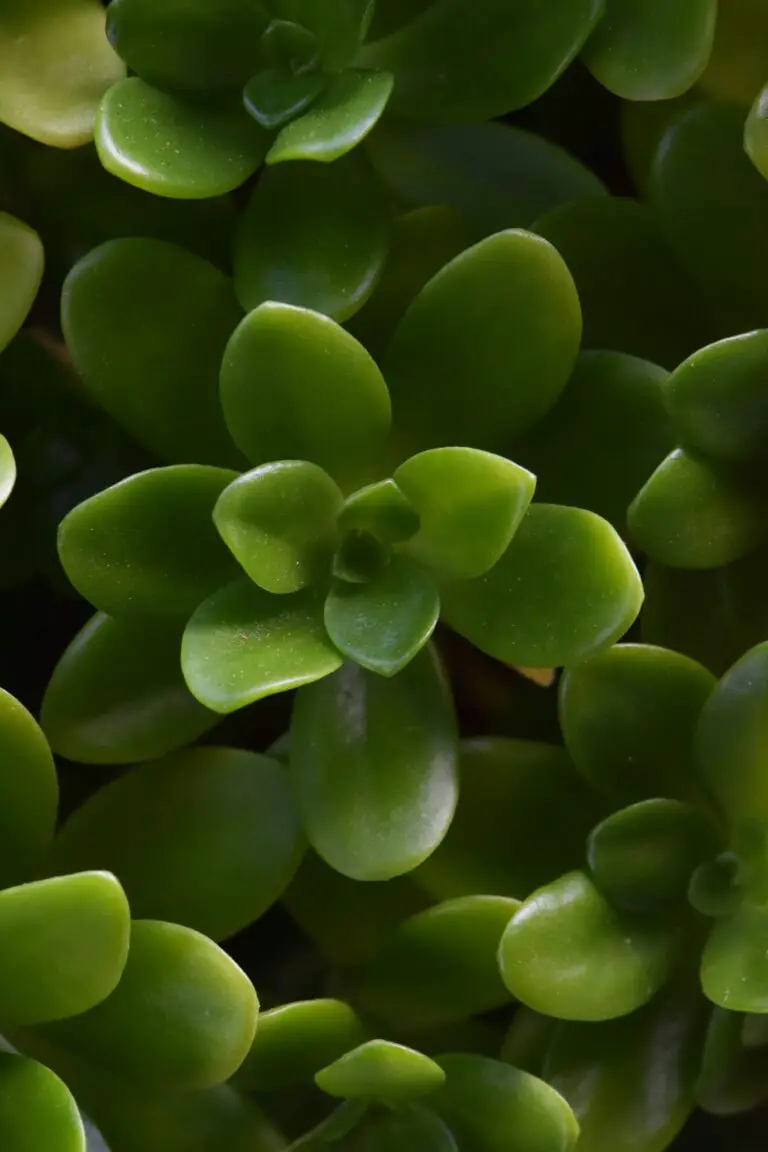
Next, let’s delve into root separation. Picture a tangled bundle of jewelry; that’s your sedum’s root system. Your mission, should you choose to accept it, is to untangle this mess gently. Work your fingers through the roots, finding the natural divisions. Sometimes, it’s like uncovering buried treasure as you separate one healthy plant from another.
Now, think of cutting methods as an art form. You’re not just cutting; you’re sculpting. A sharp pair of garden shears comes in handy to clip away any excess or damaged roots. This is where you ensure that each new section of sedum is ready to grow independently, like a young adult moving out of their parents’ home.
Finally, let’s talk about minimizing plant stress. You’re not only a gardener; you’re now a plant therapist. The goal is to make this transition as smooth as possible. Water your newly divided sedum immediately after planting to help ease the shock. It’s like giving a comforting hug to your green friends, reassuring them that they’ll settle into their new homes just fine.
By employing these techniques, you’re not just dividing plants; you’re cultivating a future thriving garden. Each division is a step towards abundance, both for your sedum and for the beauty of your outdoor space. Remember, like any good relationship, it’s about giving space and nurturing growth. Now go forth and divide with confidence!
Post-Division Care for Sedum
Conquering the art of plant division is just the first step; the real magic happens when you provide your freshly split sedum buddies with the TLC they need to thrive! Imagine this: you’ve got your sedum divisions, reminiscent of little green-topped cupcakes ready for their new homes. Now, let’s roll up our sleeves and talk about how to pamper these little troopers.
First things first, these succulent darlings are parched after their big move. Here’s where you step in. Watering is like giving them a welcome drink at their housewarming party – not too much, just a sip to settle in. Keep the soil consistently moist, but not soggy, until you notice new growth – that’s your cue they’re getting comfortable.
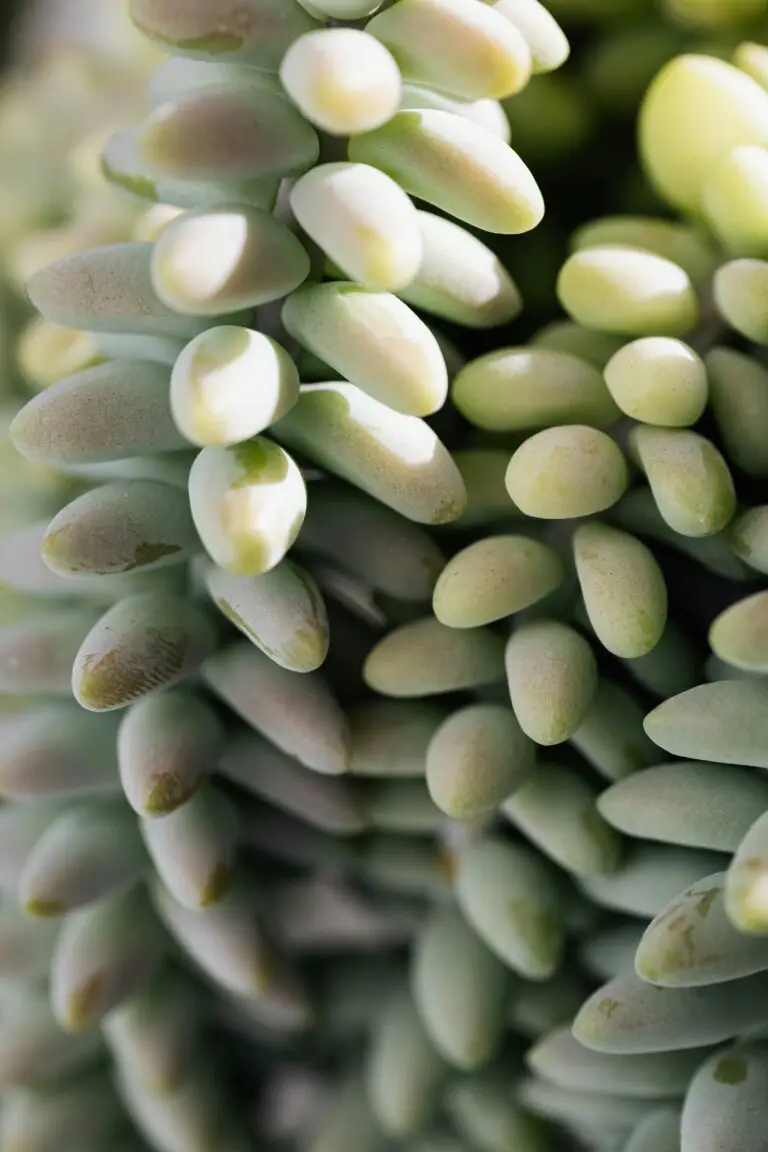
As for their VIP spot in your garden or pots, think of sedum as your sun-loving friend who can’t wait to bask in the glow. Find a spot that’s like their personal beach – bright, airy, with that golden sunshine touch. A sunny position will ensure your sedum gets the energy it needs without the risk of tanning too intensely (aka scorching).
The maintenance gig is pretty relaxed. Imagine sedum as that low-maintenance friend we all envy. You won’t be tied down with constant upkeep. A little haircut – deadheading the spent blooms and trimming back any unruly growth – will keep your sedums looking sharp and encourage a fuller, healthier plant. And here’s the beautiful part: healthy sedum equals more divisions in the future, and the circle of garden life goes on!
So, let’s keep it simple: water wisely, position with love, and maintain casually. Do this, and your sedum plants will be not just surviving, but full-on garden-partying in no time!
Common Mistakes to Avoid When Dividing Sedum
You know that timing is everything, especially when it comes to dividing sedum. But even with perfect timing, there are pitfalls that could undermine your plant’s potential. Let’s cut through the dirt and root out the common mistakes to keep your sedums thriving.
Skipping the Prep Work: A Recipe for Disaster
Imagine going on a road trip without checking your car’s oil level. That’s akin to diving into sedum division without prepping. Make sure your tools are sharp and clean. Sterilize them to prevent spreading diseases, and lay out your post-division game plan, because a stitch in time saves nine.
The Overzealous Chop: Less is More
Ever seen a chef finely chop onions with skillful precision? That’s how you should approach dividing your sedum. A heavy hand can damage the roots and the crown, leading to a sluggish rebound. Gently tease apart sections with ample roots; think more like a surgeon, less like a lumberjack.
Ignoring the Weather Report: Timing Beyond the Calendar
It’s not just about the season, it’s about the immediate forecast. Splitting your sedum before a heatwave or a frost is like sending it out without a coat in winter—wait for a cooler, overcast day to help reduce transplant shock.
Forgetting to Water: Thirsty Roots are Unhappy Roots
After division, sedum roots crave moisture like a sponge in the desert. Imagine doing a workout and not hydrating afterward. Make sure to water your newly planted divisions adequately to help them establish in their new home comfortably.
Remember, while these mighty plants are resilient, they aren’t invincible. It’s like walking a tightrope—maintaining a balance is key to ensuring your sedum doesn’t just survive the division, but thrives afterward. Now watch this video to visualize what NOT to do:
The Post-Division Desert: Don’t Leave Them High and Dry
Have you ever seen a fish out of water? That’s your sedum if you neglect aftercare. Provide shade, keep the soil moist, and shield them from harsh elements while they adjust to their new space. It’s like acclimating to a new neighborhood—everyone needs time to settle in.
Whether you’re a green thumb or still figuring out which end of the plant goes in the soil, these tips will help you sidestep the blunders. Treat your sedum with a delicate touch, and they’ll repay you with growth that even the neighbors will envy. Keep this in mind, and you’ll have divided sedums that quickly bounce back, ready to paint your garden with their vibrant colors and textures.
Frequently Asked Questions
Ever found yourself pondering the best time to divide your rapidly expanding sedum plants? You’re not alone! Let’s dig into some of the most common curiosities gardeners have about splitting up these succulent beauties.
What Signs Indicate It’s Time to Divide My Sedum?
Imagine your sedum sprawling beyond its bounds, akin to a guest who’s outstayed their welcome on your garden couch. When the center starts to flop or the sides spill over like an overfilled muffin tin, it’s nature’s nudge telling you it’s time for a divide. Keep an eye out for overcrowded clumps begging for space to breathe and flourish.
Spring or Fall: Which Is the Optimal Season for Division?
Timing is everything, right? In the case of sedum, the cool embrace of early spring or the crisp farewell of fall present prime times for division. These seasons pamper newly independent sections with mild temperatures and reduce transplant shock, giving them a gentle start in their new home in the soil.
Can I Divide Sedum During Other Times of the Year?
It’s tempting to divide whenever you get the gardening itch, but midsummer divisions may wilt under the harsh sun’s scrutiny, and winter’s chill could freeze the tender roots of your plant’s new chapter. Stick to the shoulder seasons for the best results.
How Often Should I Look to Divide My Sedum?
If your sedum could talk, it would probably ask for a little breathing room every three to four years. It’s like a plant version of decluttering—giving room for growth and vigor, ensuring each piece prospers with ample space and resources.
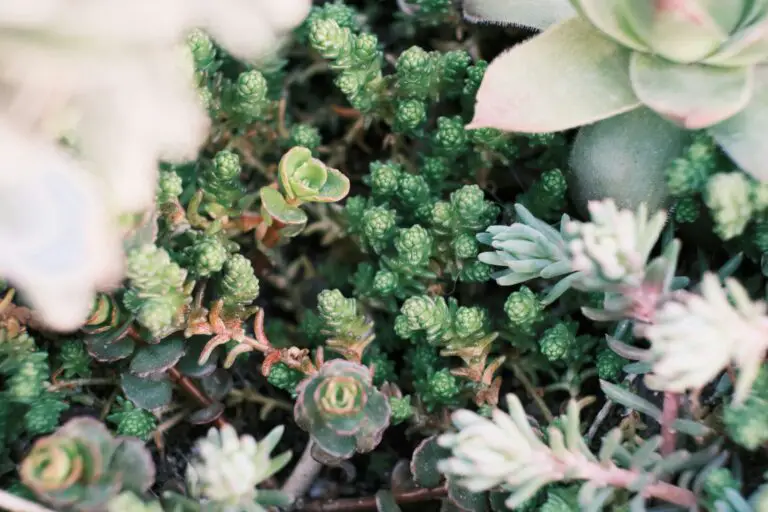
So, there you have it―your quick guide to deciphering the division dilemmas of sedum plants. Embrace these tips, and you’ll have a flourishing garden that’s the envy of the neighborhood!



